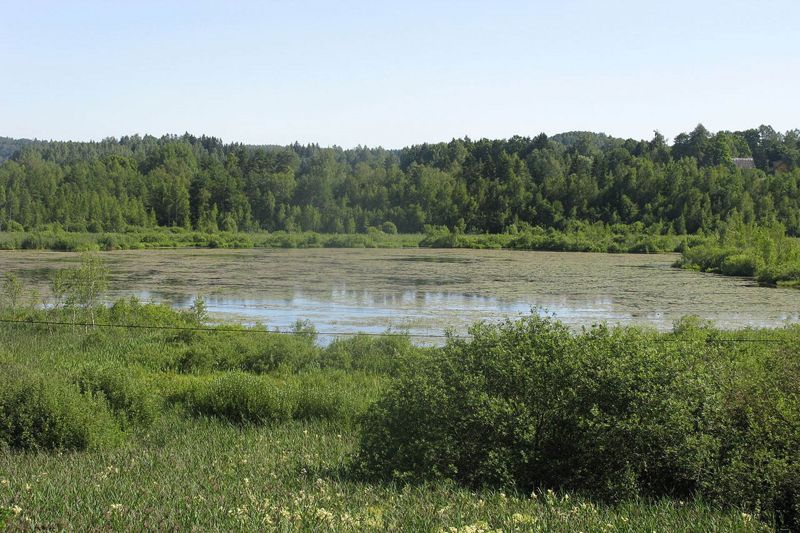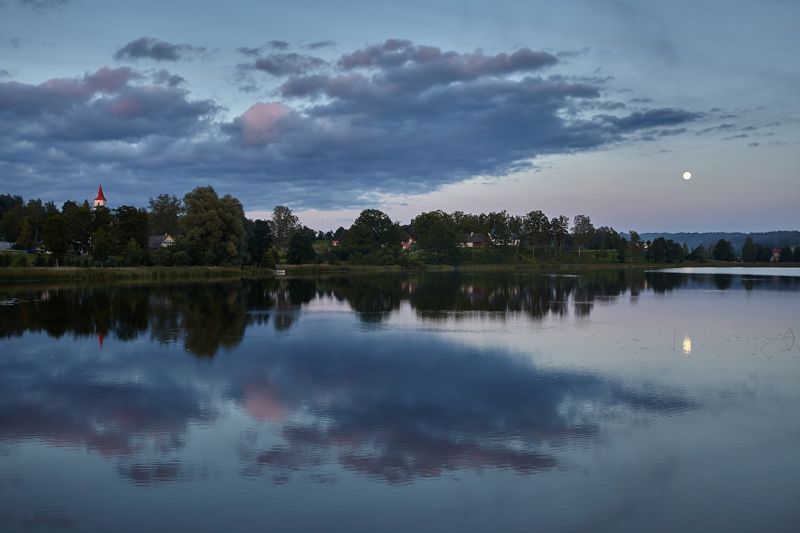- How do lakes form?
- Where do lakes get their water from?
- Which regions have many lakes?
Where do lakes form?
Both rivers and lakes are large bodies of water that contain freshwater. Unlike a river, a lake is a body of standing water. Lakes form when water fills a depression in the ground. The more depressions there are, the more lakes can form in the area. There are many lakes between the hills and valleys in the highlands.
It is estimated that there are over 300 million lakes in the world, most of them small and shallow. Even scientists do not know the exact number of lakes because, in some places, the lakes become filled, and in some places, more are formed.
Lakes get their water from precipitation, rivers and streams flowing into the lake, and groundwater through springs. Rivers, in turn, carry lake water into the sea.
Think!
- How does terrain affect lake formation?
- What is the closest lake to your hometown?
Glacial lakes
During the last ice age, glaciers covered much of Europe. The melting, freezing and moving ice masses shaped the terrain, giving it its current appearance. As the glaciers moved south, they carried rocks and sediments along. The moving ice crushed and carved the ground, and dredged the already existing depressions. When the edge of the ice melted, a mixture of crushed rocks and sediments called moraine was left on the ground. The piles of moraine and sand formed hills of different shapes and sizes, and the valleys that formed between them became filled with meltwater.
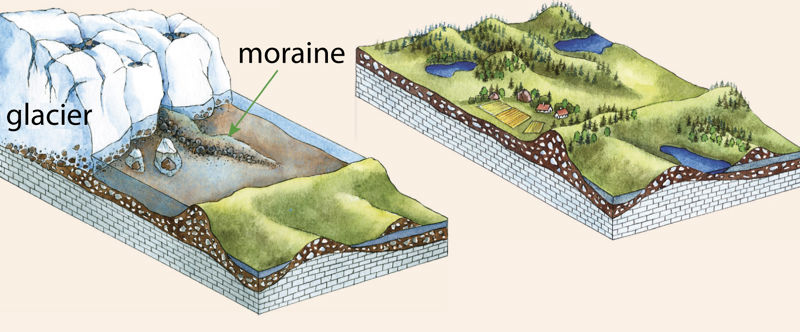
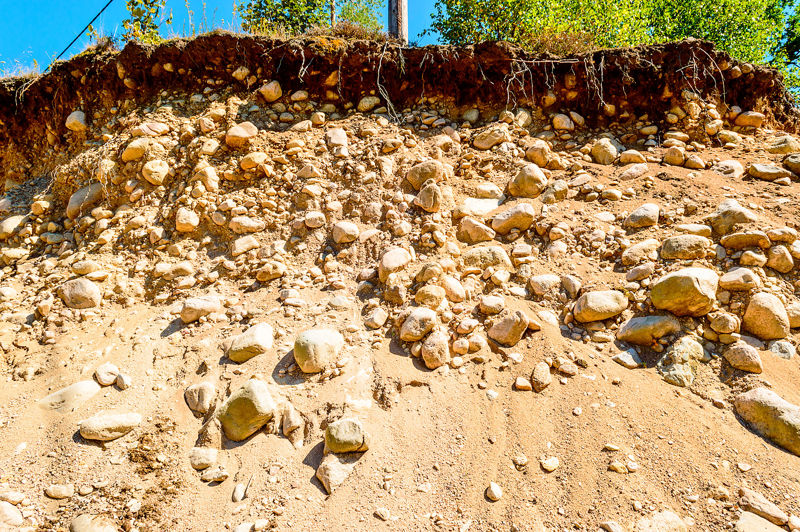
It is said that the abundance of lakes is a testament to the youth of the landscape. The European landscape was rejuvenated by continental ice, and most of the lakes in Northern Europe are leftover post-glacial meltwater. At present, in a cool climate in Northern Europe, it rains twice as much as it evaporates, keeping the lakes full of water.
There are fewer natural lakes in Central and Southern Europe, mainly because these regions were only partially affected by the glaciers. However, there are artificial lakes, such as reservoirs and ponds there.
Although there are many lakes in Northern Europe, they are very unevenly distributed. There are many lakes in the hilly areas, but very few on the flat plains.
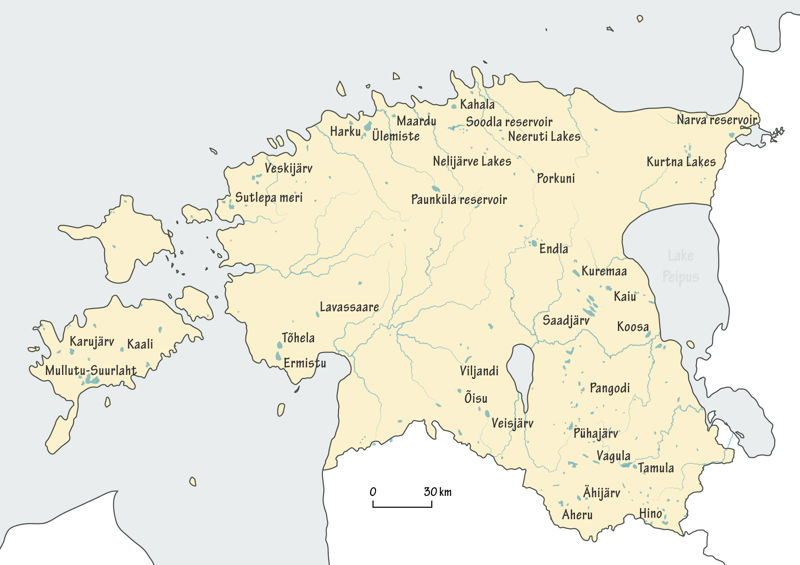
Important terms
- lake – a water-filled depression with no direct connection to the sea
- moraine – the mixture of rocks and soil left behind by a moving glacier
- depression – an area that is lower than the surroundings, which may have a lake at the bottom
I now know that…
Lakes get their water from precipitation, rivers and streams flowing into the lake, and groundwater through springs. Most of the lakes in Northern Europe have formed as a result of the continental ice. Most of such lakes are small and shallow.
